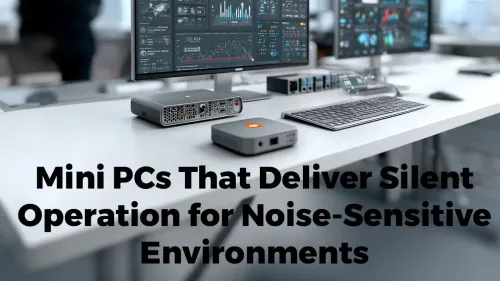
Silent Mini PCs: Ultimate Guide
Explore top mini PCs for silent operation. Perfect for quiet setups at home or the office. 🔽💻
- Assess noise sources - Choose low-noise parts for silent gaming PC - Optimize CH510 airflow and damping Silent gaming PC builders: learn proven fan, GPU, PSU and acoustic mods to quiet your CH510 without losing performance 🔇🛠️
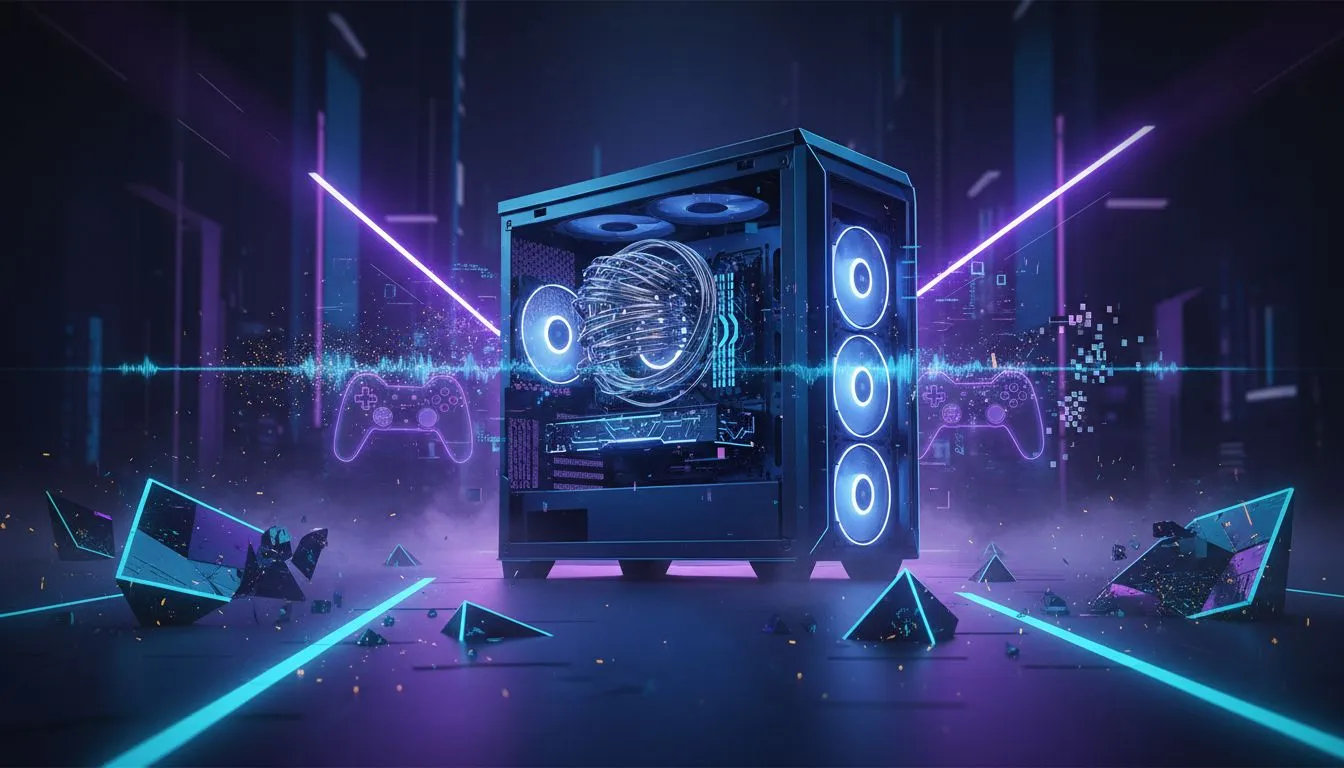
Is the roar of your PC louder than the in-game action? You’re not alone. For many South African gamers, a noisy rig can ruin immersion, turning a tense stealth mission into a battle against fan whine. Building a silent gaming PC is the ultimate upgrade for focused gameplay, and it starts with a great case and smart component choices. The DeepCool CH510 is a fantastic foundation, and with a few key tweaks, you can achieve whisper-quiet performance. 🎧


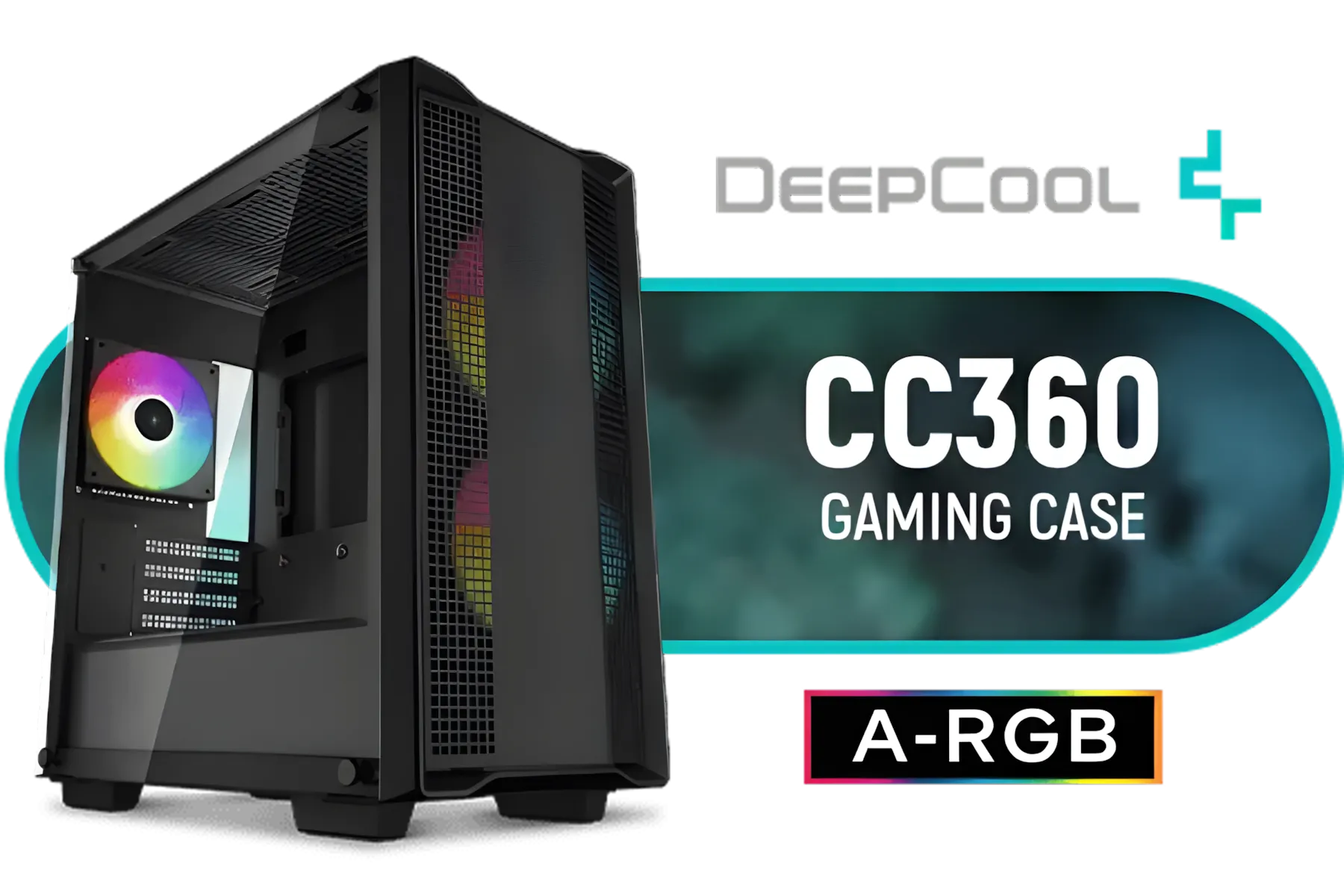
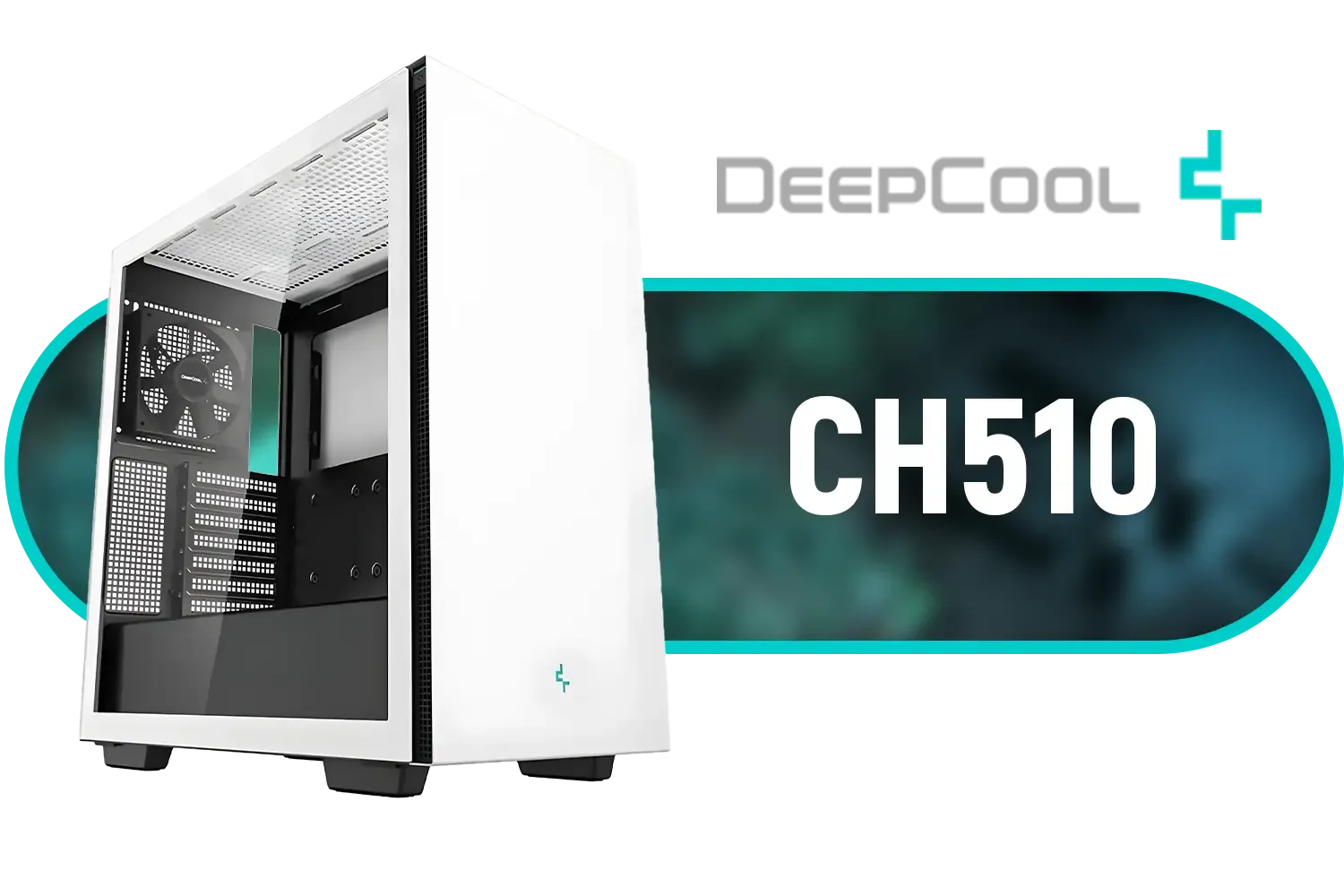

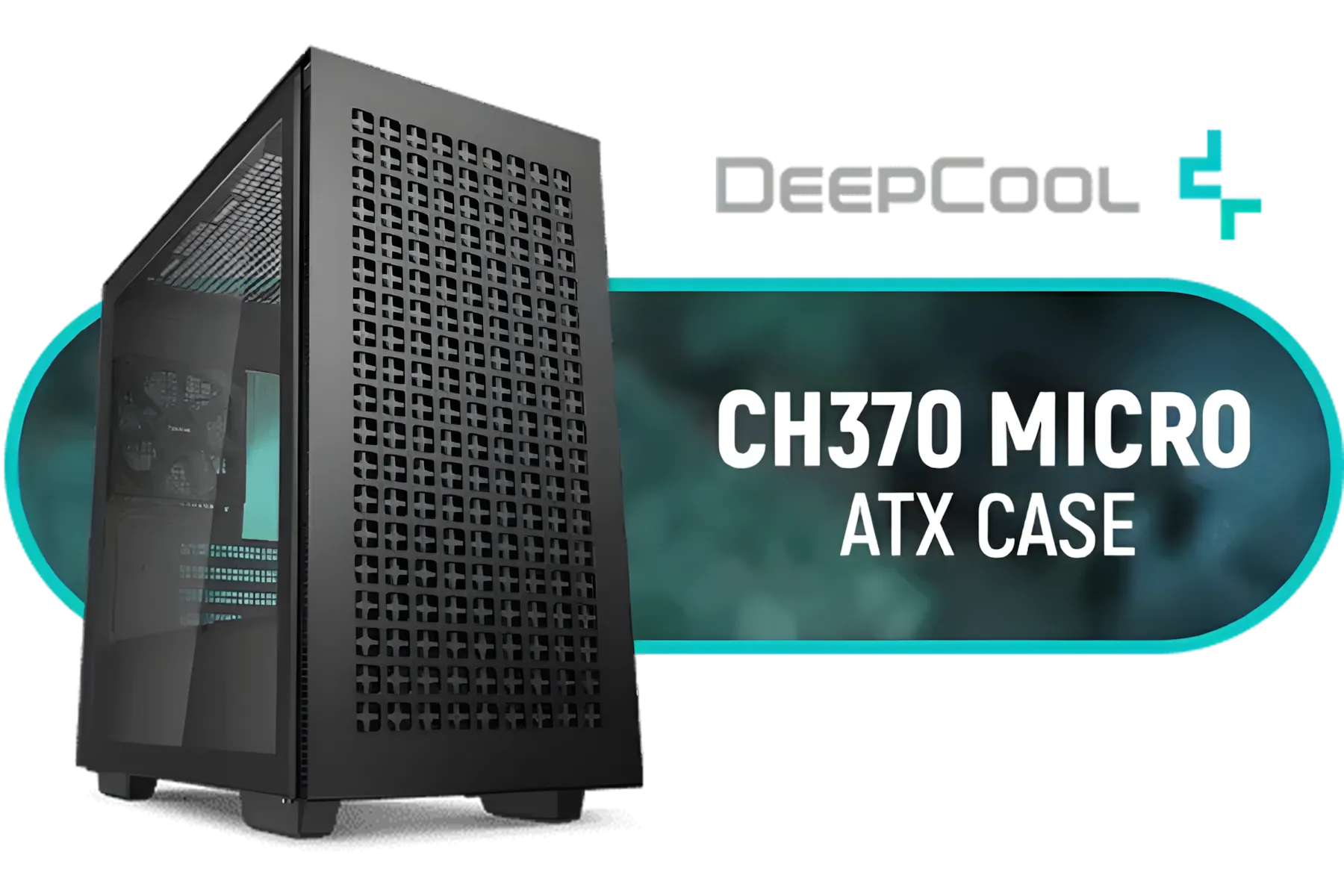
Beyond the obvious benefit of less noise, a quiet PC just feels more premium. It means your cooling system is working efficiently, not just brute-forcing its way through heat. This efficiency can lead to better component longevity and a more pleasant environment for late-night gaming sessions or even daytime work-from-home tasks. The goal isn't absolute silence... it's about making your PC's noise floor so low that it blends into the background, completely unnoticed.
The DeepCool CH510 is a popular choice for a reason. Its spacious interior and excellent airflow potential are crucial for a silent gaming PC build. Why? Better airflow allows your fans to spin slower while still moving enough air to keep things cool. Slower fans mean less noise. Simple, right?
The CH510 provides ample room for large air coolers and radiators, which are fundamental to effective and quiet cooling. While it's a great starting point, your component choices inside the case will make or break your quest for silence. Other manufacturers also prioritise acoustics; you can find excellent designs from leading brands like Cooler Master that offer similar features.
Achieving that near-silent operation comes down to a few key areas. Focus on these, and you'll dramatically reduce your PC's noise output.






The stock fans in most cases are decent, but upgrading to fans designed for low-noise operation is a huge step up. Look for fans with a low starting RPM and a high static pressure rating if you're mounting them on radiators or heatsinks.
Even more important than the fans themselves is how you control them. Don't just let them run at full blast.
Dive into your motherboard's BIOS or use software like Fan Control to set a custom fan curve. This tells your fans how fast to spin based on component temperature. For a silent build, you want a gentle, gradual curve. Keep fans at their lowest RPM (around 20-30%) until your CPU or GPU hits 50-60°C, then have them ramp up smoothly. This prevents the annoying sudden "jet engine" effect.
The stock cooler that comes with your CPU is designed to be just "good enough." It often relies on a small fan spinning at high speeds to keep temperatures in check, which creates a lot of noise. Swapping it for a large tower air cooler or an All-In-One (AIO) liquid cooler is one of the most effective ways to build a silent gaming PC. These larger coolers have more surface area, allowing them to dissipate heat with fans spinning at much lower, quieter speeds.
Your graphics card is often the loudest component in a gaming rig. Many modern GPUs feature a "zero RPM" mode, where the fans don't spin at all under light loads. When buying a new card, look for this feature! For your current card, consider a slight undervolt to reduce its power consumption and heat output, allowing the fans to run slower.
Similarly, a cheap power supply (PSU) can have a whiny, low-quality fan. Investing in a high-quality, 80+ Gold rated PSU from a reputable brand ensures both efficiency and a quiet fan that only spins up when necessary.
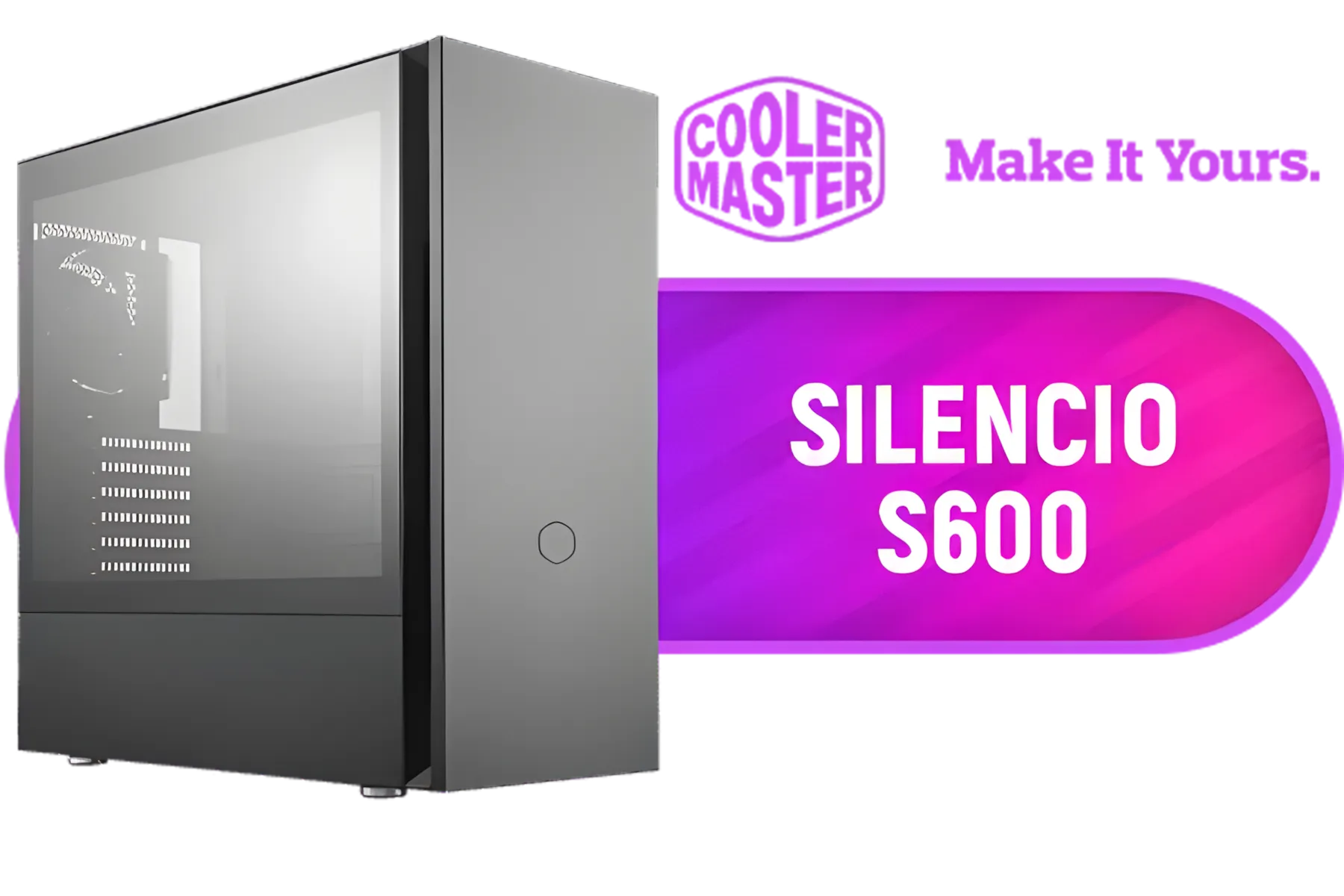
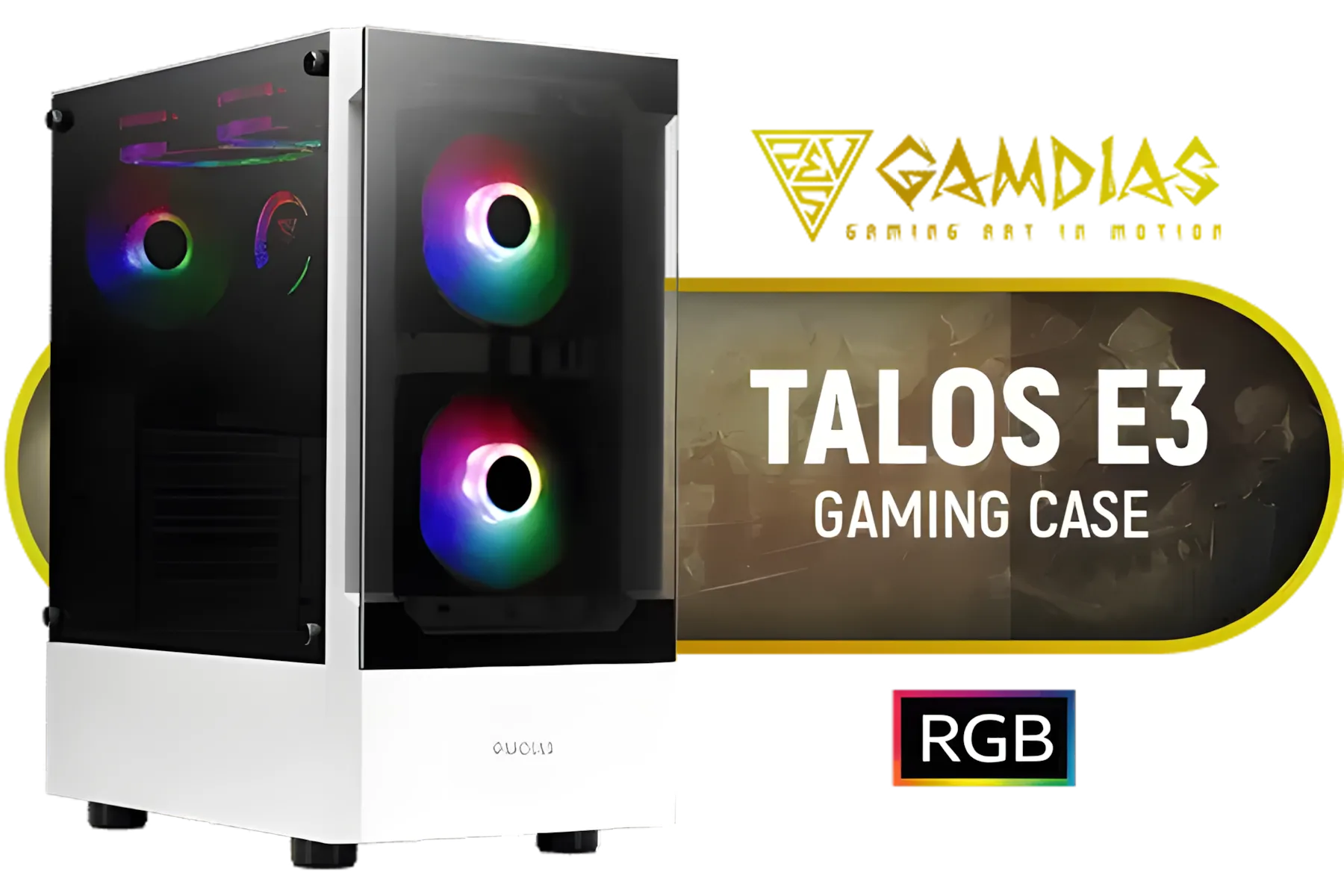
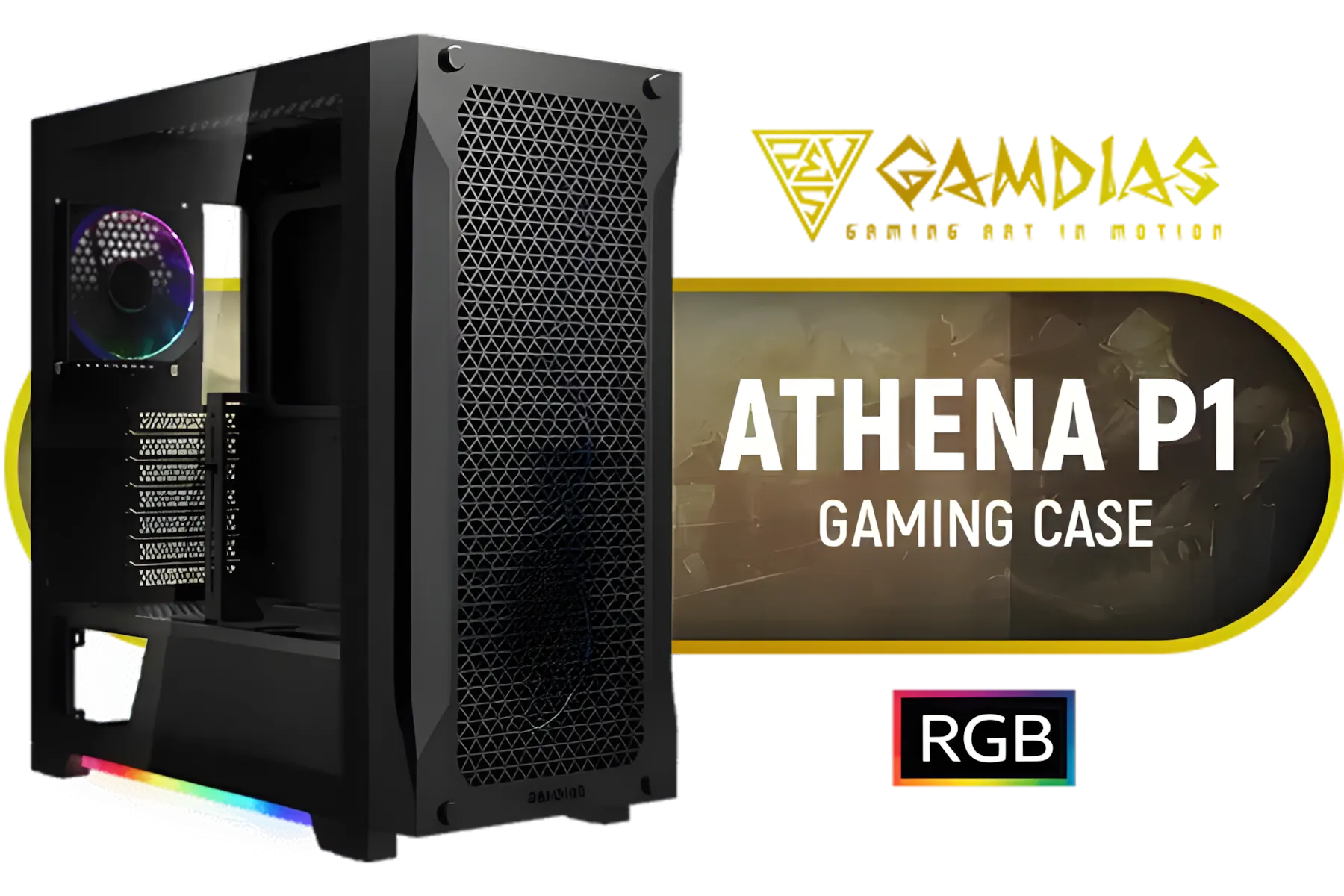



While the CH510 is excellent, the principles of silence apply to any build. If you're working with a smaller chassis, component choice becomes even more critical. For instance, in a compact case like the Cooler Master E301, you'd want to prioritise low-profile coolers and blower-style GPUs that exhaust heat directly out the back. For budget-conscious builders, there are also many affordable options from Gamemax that offer great airflow to get you started on the right foot.
Ultimately, the best foundation for a quiet build is a case with good airflow and enough space for your components. Take the time to explore our full range of computer cases to see what fits your style and acoustic goals. ✨
Ready to Build Your Whisper-Quiet Rig? A silent gaming PC isn't a myth... it's just a well-planned build. The right case is your first step. Explore our massive range of computer cases and find the perfect chassis to start your silent journey.
Start with damping pads, rubber mounts and airflow tuning; replace loud stock fans and set conservative fan curves for a CH510 silent build.
Choose low-RPM, high-static-pressure 120mm or 140mm PWM fans with rubber mounts to cut vibration and noise on a silent gaming PC.
Stock CH510 fans are functional but often premised for airflow, not silence; upgrading to quality low-noise PWM fans improves acoustics quickly.
Yes. A high-efficiency, semi-passive or zero-RPM PSU reduces coil whine and idle noise versus older, louder units.
Use GPU fan curve tuning, underclock or undervolt, or fit an aftermarket cooler to reduce GPU fan noise without big performance loss.
Damping foam lowers noise but can slightly raise temps; balance with better intake/exhaust fans and tuned fan curves for safe cooling.
Start with rubber fan mounts, quality low-noise fans, a quiet PSU and fan-curve tuning; these deliver fast results for a quiet CH510.